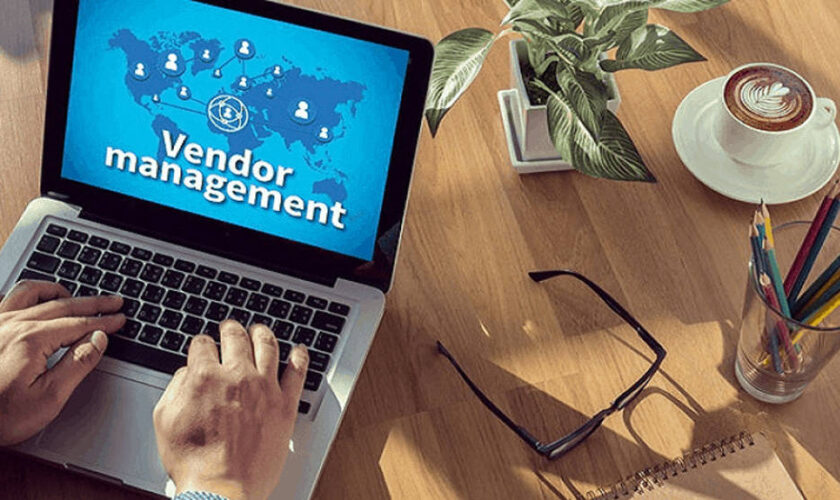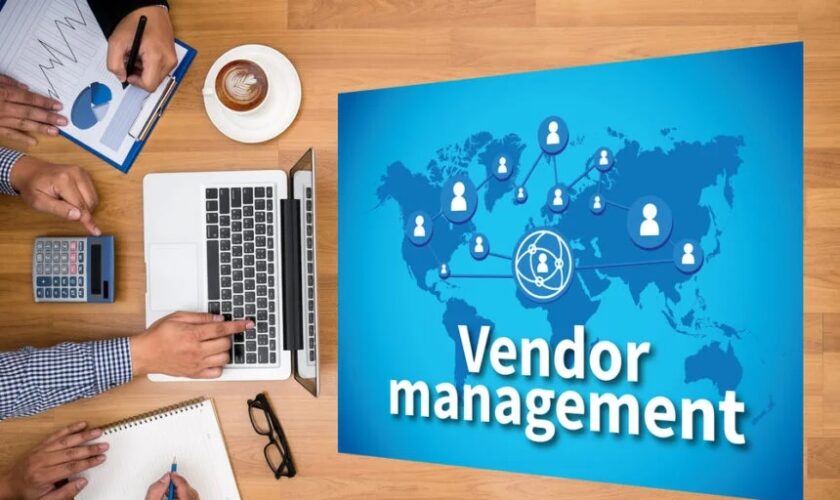In the dynamic world of online betting, platforms must cater to a diverse range of users, from seasoned professionals who rely on sophisticated strategies to amateurs seeking casual entertainment. Reddy Anna Book has emerged as a leader in this space, providing a broad spectrum of tools and features that support both professional and amateur bettors. This article explores how Reddy Anna Book tailors its offerings to meet the needs of all levels of bettors, ensuring everyone from novices to experts can optimize their betting experience.
- Comprehensive Market Coverage
At the heart of Reddy Anna Book’s appeal is its extensive coverage of betting markets, which plays a crucial role in attracting a diverse user base.
Wide Range of Sports and Events: From mainstream sports like football and cricket to niche interests such as darts and snooker, Reddy Anna offers betting options across a vast array of events. This wide coverage ensures that professional bettors can find the specific markets they specialize in, while amateurs can explore a variety of sports.
Depth of Market: Not only does Reddy Anna cover a wide range of sports, but it also offers depth in betting types within each sport. From simple match winners and over/unders to more complex prop bets and in-play betting options, there is something for every level of bettor. This depth allows professionals to use their nuanced understanding of a sport to find high-value bets while providing amateurs with straightforward betting options.
- User-Friendly Interface and Accessibility
Ease of use is a critical factor in the appeal of an online betting platform. Reddy Anna Book’s interface is designed to be intuitive, making it accessible for amateur bettors, yet robust enough to meet professional needs.
Simplified Reddy Anna Login and Navigation: The platform ensures that users can easily access their accounts and navigate through various betting options. This simplicity is crucial for amateurs who might be intimidated by more complex platforms, while professionals appreciate the efficiency that allows for quick betting decisions.
Mobile Compatibility: Understanding the need for on-the-go betting, Reddy Anna offers a responsive mobile platform that allows users to place bets from anywhere, anytime. This is particularly important for professional bettors who need to react quickly to market changes.
- Tools for Analysis and Strategy
Professional bettors often rely on detailed analysis and the use of sophisticated strategies to place their bets. Reddy Anna supports these needs with various analytical tools and resources.
Statistical Data and Historical Performance: The platform provides users with access to detailed statistical data on teams, players, and past performances. This data is invaluable for professional bettors when formulating strategies but is also presented in a way that amateurs can understand and use to improve their betting decisions.
Live Betting and Streaming: Reddy Anna enhances the betting experience by offering live betting options, complemented by live streaming of many events. This feature is crucial for professionals who rely on real-time data to make split-second decisions and provides an exciting betting dynamic that can attract and retain amateur bettors.
- Educational Resources and Support
Understanding that knowledge is power, Reddy Anna Book invests in providing educational resources that help all users improve their betting skills.
Tutorials and Guides: The platform offers tutorials and guides that help amateur bettors understand the basics of betting and advance to more complex wagering concepts. These resources are also beneficial for professionals looking to brush up on certain types of bets or explore new strategies.
Customer Support: With 24/7 customer support, bettors of all skill levels can get help when they need it. Whether it’s a question about how to place a bet, understanding the terms of a promotion, or assistance with account issues, Reddy Anna’s customer service ensures that all users have the support they need to bet confidently.
- Responsible Betting Features
Reddy Anna Book takes responsible gambling seriously and offers features designed to help users manage their betting activity.
Betting Limits and Self-Exclusion: Bettors can set limits on their betting activity, which is a critical feature for amateurs who might be at risk of betting more than they can afford. Professional bettors can use these features to manage their bankrolls more effectively, ensuring they are not exposing themselves to unnecessary risk.
Tools for Self-Assessment: The platform provides tools that allow users to assess their gambling behaviors. This is important for maintaining a sustainable and responsible approach to betting, applicable to both amateur and professional bettors.
Reddy Anna Book stands out as a comprehensive betting platform that caters to a diverse range of bettors. By offering an intuitive user interface, extensive market coverage, sophisticated analytical tools, and robust support and educational resources, Reddy Anna ensures that both professional and amateur bettors have what they need to engage with the platform successfully and responsibly. This balanced approach not only enhances the user experience but also fosters a loyal and diverse user base that can grow and evolve with the platform.









